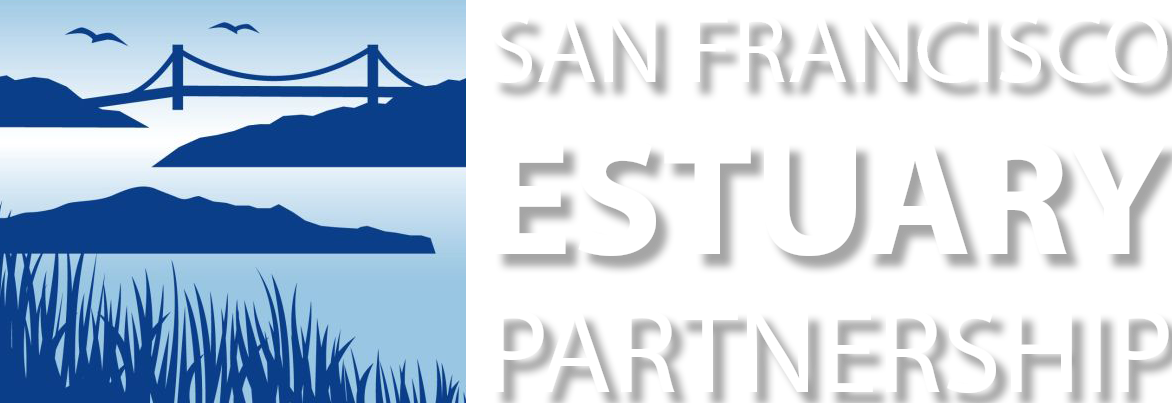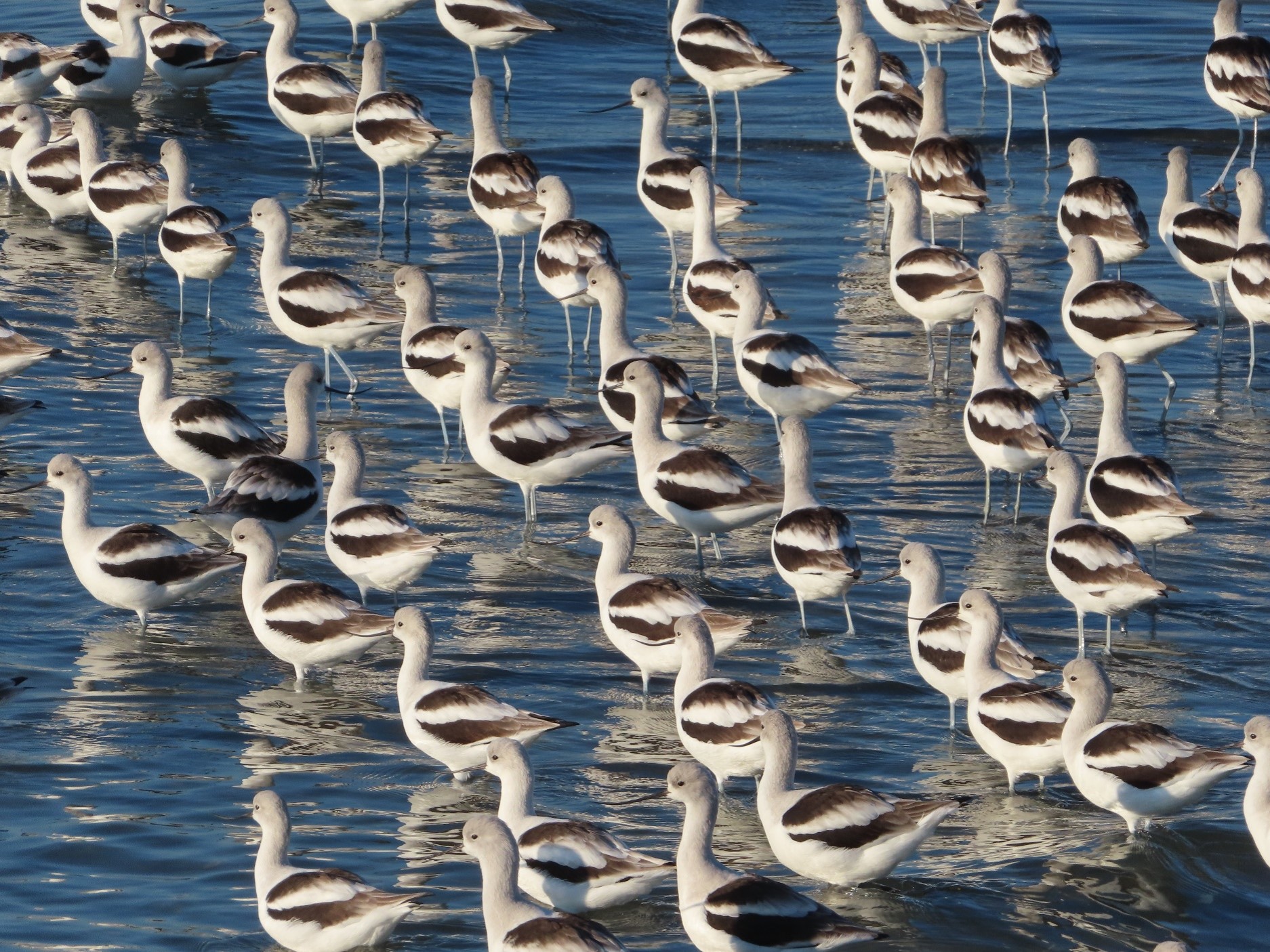“I see opportunities for big change,” says Tjernell, who was appointed California Department of Water Resources’ deputy director last May. At the time the DWR was adopting a new approach toward land and water management—especially the inclusion of floodplain restoration in many of its flood control projects. “We are demanding a lot out of the landscape of the Delta, and we are demanding a lot out of the Central Valley and beyond,” Tjernell says, describing a system of resource allocation has left many parties feeling short-changed. The solution, he says, is the multi-benefit approach, whereby one piece of land is used productively for multiple purposes—especially seasonal agriculture, winter floodplain habitat for fish and waterfowl, a place to put flood water that might otherwise inundate a town, and a way to recharge depleted aquifers. “You want to achieve all these objectives, and we have to start planning with an eye toward achieving multiples of these on the same landscape,” Tjernell says. The Department of Water Resources, in collaboration with environmental organizations, fishing and hunting groups, and farmers, is leading multi-use benefit projects along most of the Sacramento River as far upstream as Red Bluff. Tjernell is overseeing several projects in the Delta that allow water already flowing through the Delta to sprawl across wetlands long protected by levees, providing the habitat and forage needed to keep the critically-endangered Delta smelt from disappearing. “We’re working with an array of groups to improve the environment while protecting local economies,” Tjernell says. As an example, he cites the Yolo Bypass-Cache Slough Partnership, an umbrella group of 15 local, state and federal agencies working on multi-benefit projects in the greater bypass area. The benefits of these projects extend to the climate. The department’s wetland restoration projects remove carbon from the air while reducing flood risk and raising elevations to prepare for sea-level rise. Tjernell says his agency has also taken steps to cut its own carbon footprint, with its sights set on a 60-percent reduction in emissions from 1990 levels by 2030. “DWR is working on all fronts to adapt to our changing world.”









 The results are alarming for our state’s future: an estimated four to five feet of sea level rise and loss of one to two-thirds of Southern California beaches by 2100, a 50 percent increase in wildfires over 25,000 acres, stronger and longer heat waves, and infrastructure like airports, wastewater treatment plants, rail and roadways increasingly likely to suffer flooding.
The results are alarming for our state’s future: an estimated four to five feet of sea level rise and loss of one to two-thirds of Southern California beaches by 2100, a 50 percent increase in wildfires over 25,000 acres, stronger and longer heat waves, and infrastructure like airports, wastewater treatment plants, rail and roadways increasingly likely to suffer flooding.